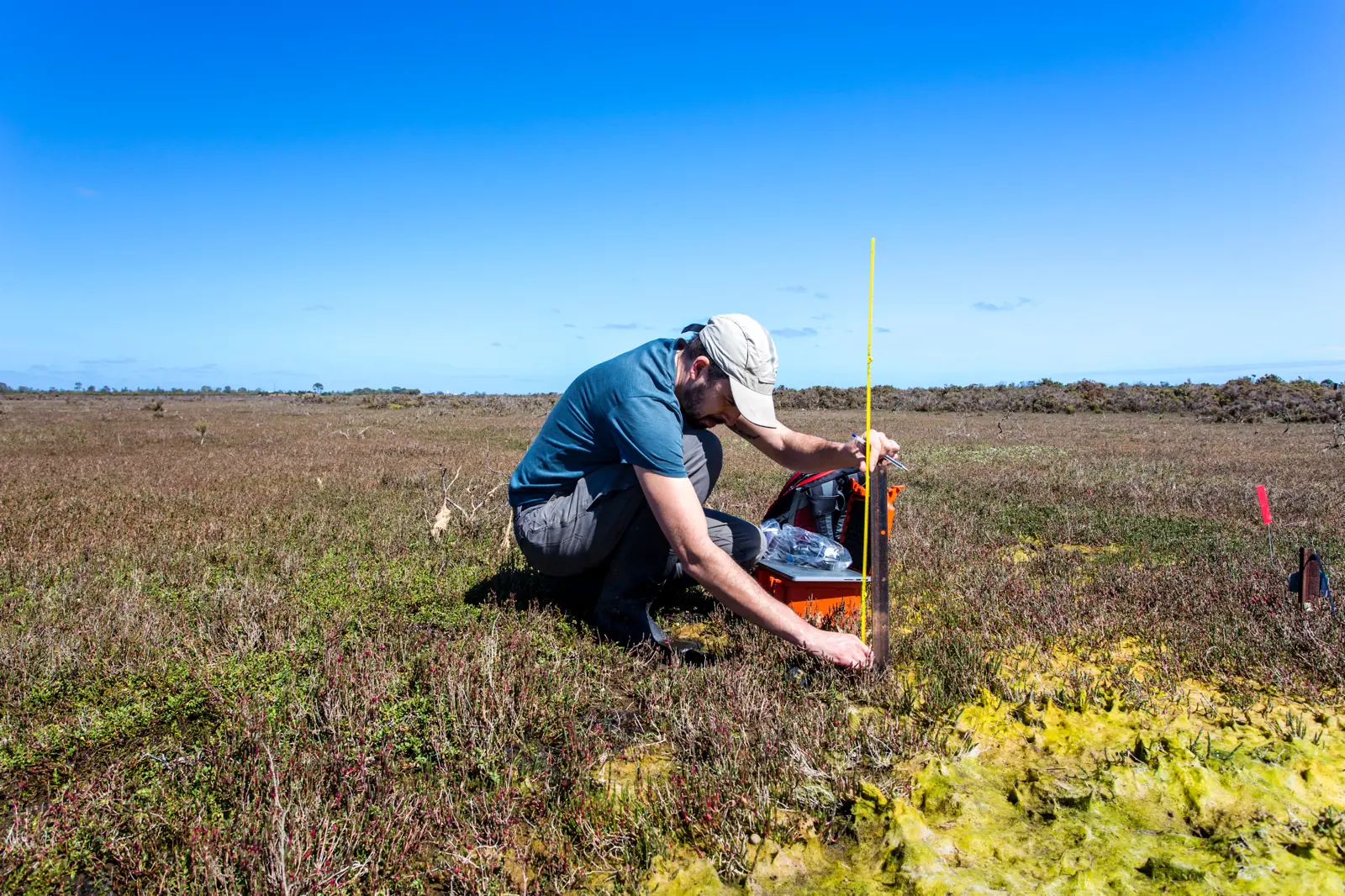Well drilling and well pump installation can have environmental consequences. Well drilling companies must prioritize sustainable practices to minimize negative impacts. Potential ecological concerns include groundwater depletion, contamination from drilling fluids, and disruption to local ecosystems.
ENVIRONMENTAL IMPACTS OF WELL DRILLING & WELL PUMP INSTALLATION
Well drilling and well pump installation can have several environmental impacts, both during the construction phase and throughout the well’s operational life. These impacts can vary depending on factors such as the location, geological conditions, and the drilling methods used.
Here are some of the environmental impacts associated with well drilling and pump installation:
- Habitat Disturbance – Vegetation Removal: Clearing land for well site preparation and access roads can lead to the removal of vegetation, potentially impacting local ecosystems and wildlife habitats.
- Soil Erosion and Sedimentation – Construction Activities: Excavation and construction activities during well drilling can contribute to soil erosion and sedimentation, affecting nearby water bodies if proper erosion control measures are not in place.
- Water Table Fluctuations – Lowering Water Table: Drilling a well can temporarily lower the local water table, affecting nearby wetlands, streams, and aquatic ecosystems. This impact is typically temporary and can be mitigated by proper well design.
- Water Quality Concerns – Contamination Risk: During drilling, there is a risk of introducing contaminants into the groundwater if not conducted with proper safeguards. This could affect both drinking water quality and environmental water quality.
- Noise and Air Quality – Noise Pollution: The drilling and pump installation process can generate significant noise pollution, potentially disturbing local wildlife and nearby residents. Air Emissions: Dust and emissions from drilling equipment can affect air quality in the vicinity of the well site.
- Energy Use – Electricity Consumption: Running well pumps requires electricity, contributing to energy consumption and associated greenhouse gas emissions if the electricity source is not renewable.
- Waste Generation – Drilling Waste: The drilling process generates waste materials, including drilling mud and cuttings, which must be managed properly to prevent contamination.
- Land Disturbance – Well Site Footprint: The footprint of the well site, including access roads, may alter the landscape and disrupt natural land patterns.
- Potential for Aquifer Depletion – Over-Pumping: Excessive pumping from a well can lead to aquifer depletion, impacting the availability of groundwater resources for both human and natural systems.
- Mitigation Measures – Regulatory Compliance: Well drilling and pump installation activities are often subject to regulatory oversight to ensure compliance with environmental laws and permit requirements.
Best Practices: Employing best practices for well drilling, including proper well design, construction, and maintenance, can help minimize environmental impacts and prevent groundwater contamination.
Environmental Assessments: Conducting environmental assessments before well drilling can help identify potential impacts and plan mitigation measures.
It’s essential to work with experienced professionals who follow environmental regulations and industry best practices to minimize the environmental footprint of well drilling and pump installation projects. Careful planning, environmental assessments, and adherence to mitigation measures can help protect natural ecosystems and water resources while providing a reliable source of clean groundwater.
SUSTAINABLE WELL DRILLING TECHNIQUES
Drilling wells is an essential part of constructing a well, but it can cause harm to the environment if not done sustainably. Thankfully, some techniques can be used to drill wells in a much more sustainable manner.
For starters, one of the main methods for drilling that’s been identified as being more sustainable is rotary mud drilling. This method involves the use of a drilling machine to bore into the ground with rotating drills. By utilizing this method, the amount of material that needs to be removed is significantly reduced in comparison to other types of drilling methods.
Another sustainable technique for well drilling is percussion drilling. This involves using a hammer-like tool which pounds down on the surface to create small holes deeper into the ground. This method is much less intrusive on the environment and eliminates any unnecessary vibrations from drilling machines.
Finally, one of the biggest benefits to using sustainable well drilling techniques is that they are more cost-effective in the long run. By utilizing these methods, you can reduce your overall costs by saving time and resources while still getting a quality well drilled that will stand up to the test of time.
Overall, sustainable well drilling techniques are a great way to ensure that you’re getting a quality well drilled without causing any unnecessary damage to the environment. By using these methods, you can save money and resources while still getting a good job done. So if you’re looking for ways to make your well drilling more eco-friendly, sustainable well drilling techniques are definitely worth considering.
At Well Doctor LLC, a commitment to environmentally responsible practices is essential. By considering the environmental impact of well drilling and well pump installation, implementing sustainable techniques, and promoting efficient water usage, the company can deliver reliable water solutions and contribute to the long-term health of local ecosystems and water resources.


